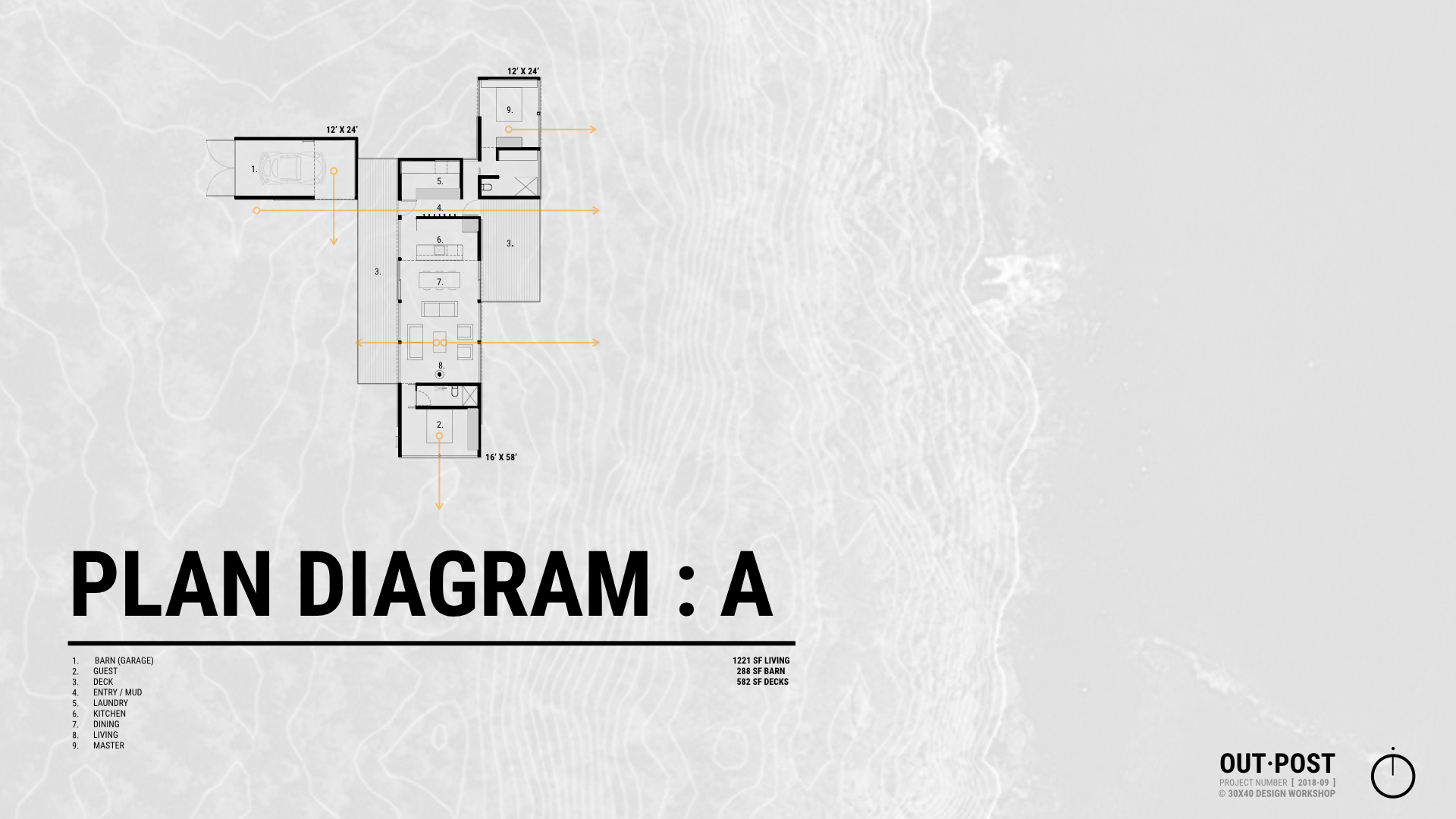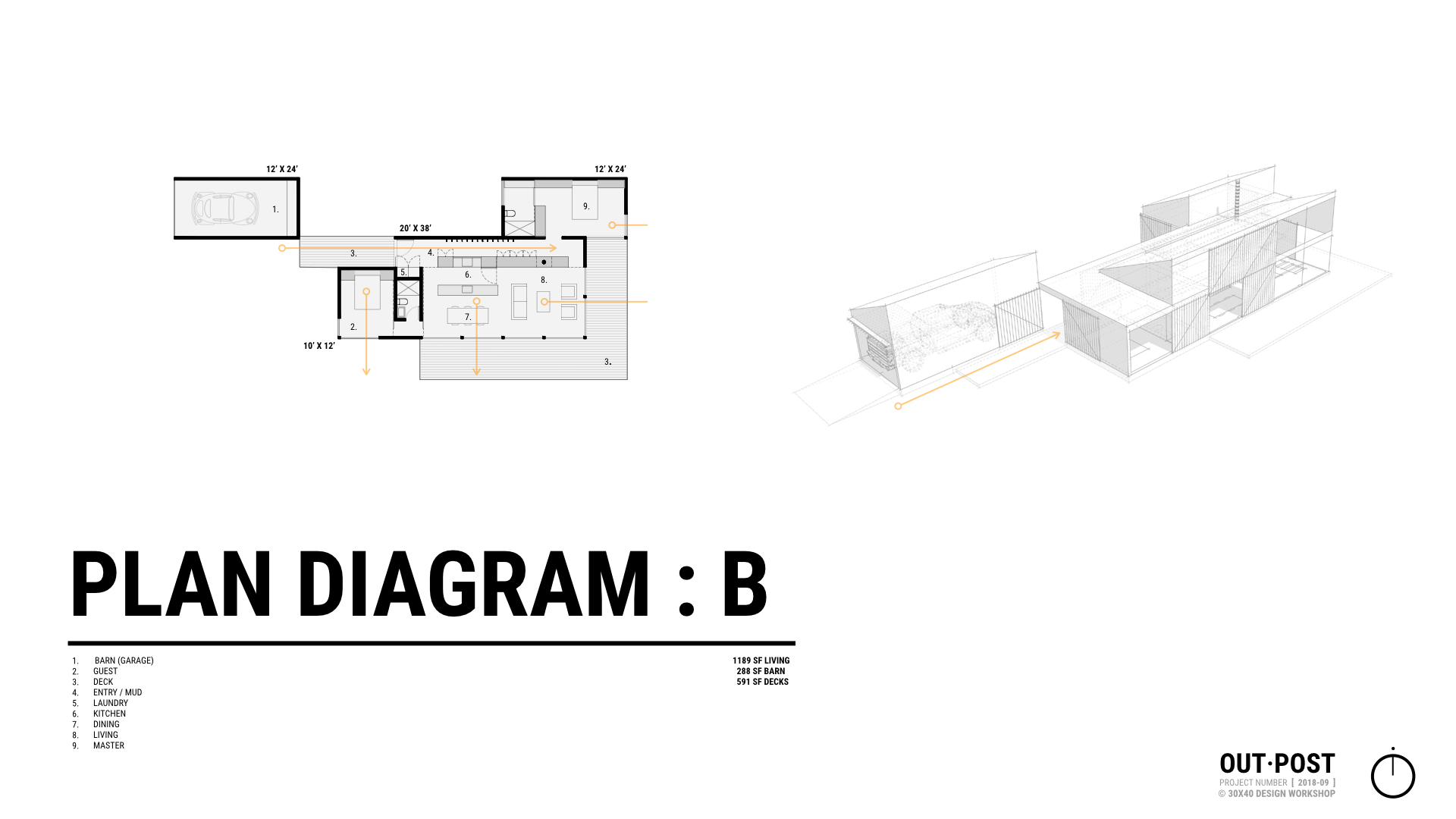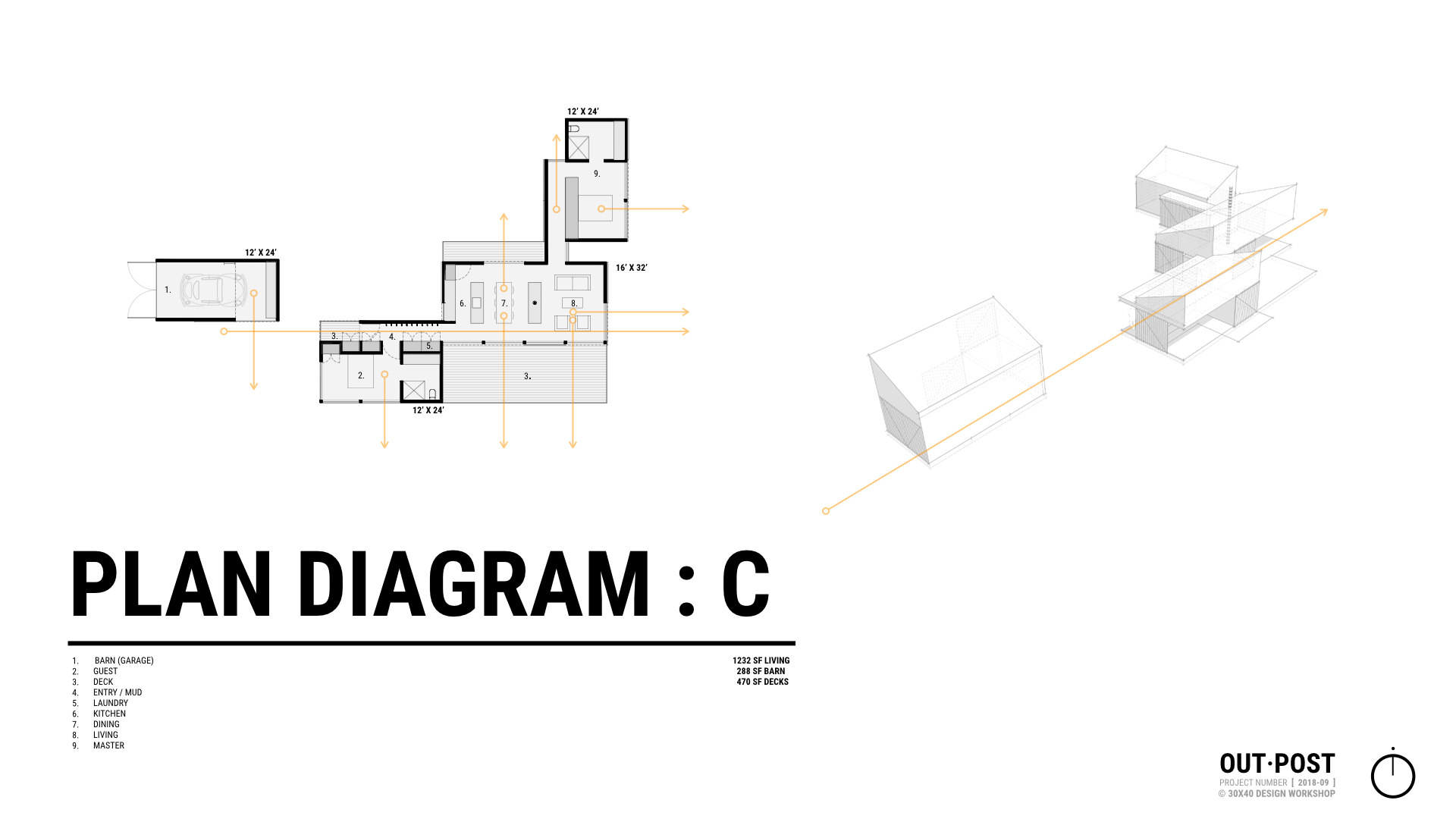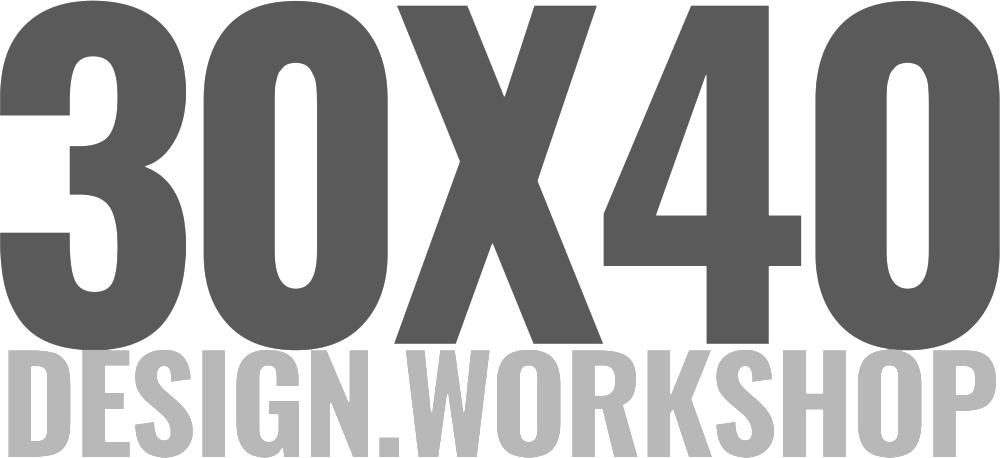Below are the slides from our meeting which was held on-site on July 3, 2019. The presentation was built in Keynote and presented on my MacBook Air (a larger screen would’ve been a better choice, alas, my MacBook Pro had a battery issue!)
Additional details:
Slide images: combination of visuals pulled from the project’s Pinterest board + unsplash.com
3D model: SketchUp Pro 2018
Diagrams: Keynote
Plans: AutoCAD LT














Site Visit Kit
MacBook Air (MacBook Pro with larger screen would be ideal)
Muji Pencil Case + Sign-pen + Kuru Toga pencil
Surveyor’s Flagging (to lay out building corners)
Small scale
DJI Mavic Pro ( Fly More Combo )
If you enjoy these videos, you can support 30X40’s work on YouTube by investing in a course, a toolkit or a digital tool. Many thanks!




![Smoked Whitefish, Christmas Eve 2018 [ Photo: Eric Reinholdt, 6DMKII 100MM f2.8L ]](https://images.squarespace-cdn.com/content/v1/58b58a96f5e231aa75f48ec4/1548074005888-VGANK4WAKRD6IRHU8F3Z/whitefish-dad-2018-2.jpg)








